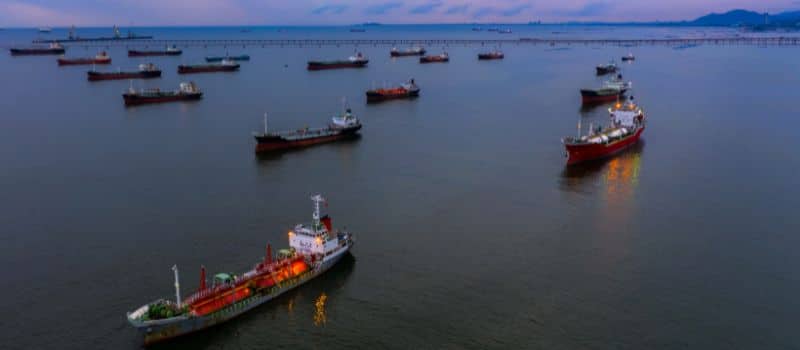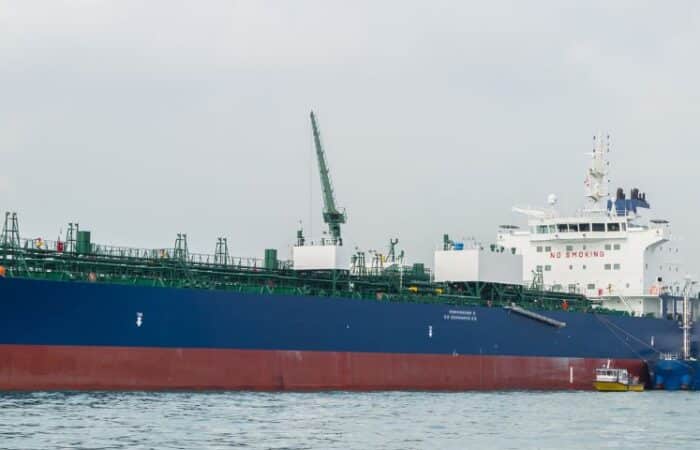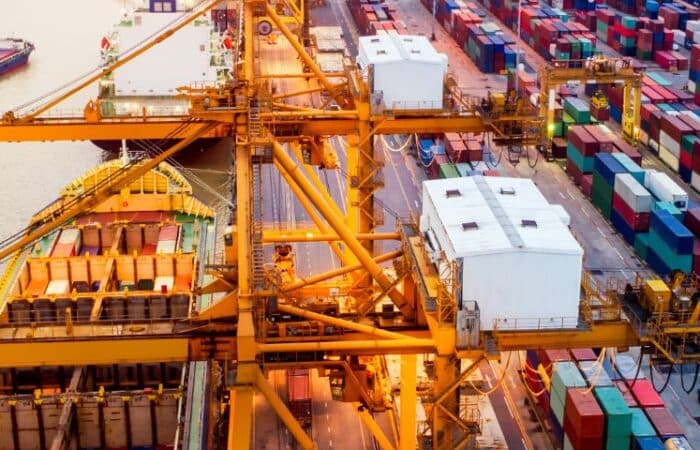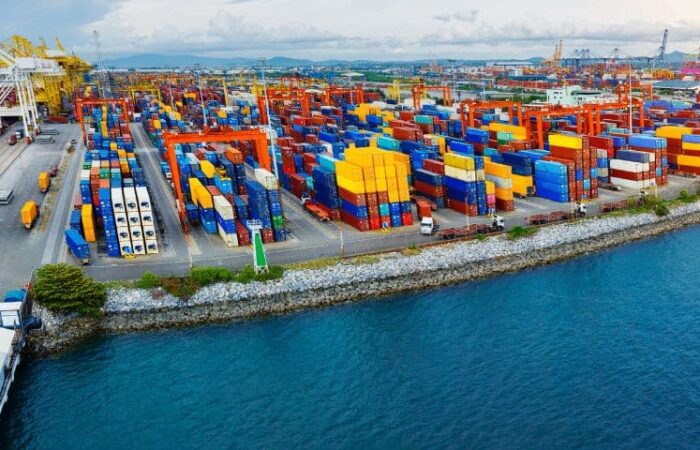Ship-to-Ship (STS) Meetings
Ship-to-ship engagements refer to instances where two ships meet in the open sea or at the outer port limit. While there is nothing inherently wrong with two ships meeting, this practice is often used to facilitate illegal shipping activities.
What are Ship-to-Ship Meetings?
Ship-to-ship meetings occur when two vessels rendezvous outside of monitored spaces. The duration of these meetings varies, ranging from minutes to days, depending on their purpose. Legitimate reasons for STS meetings include transshipment, refueling, and crew changes. Notably, STS transfers are one of the seven recognized deceptive shipping practices identified by the Office of Foreign Assets Control (OFAC) due to their potential use in evading sanctions, smuggling, and tax evasion.
Understanding the Role of STS in the Maritime Industry
Ship-to-ship meetings are extremely common, with over 460,000 STS operations in 2022 alone. These maneuvers facilitate efficient cargo transfers, typically involving crude oil, liquefied gas, bulk cargo, or petroleum.
STS also enables vessels to refuel without docking.
Conducting ship-to-ship transfers offers significant economic advantages, particularly for large oil tankers, as it eliminates the need to dock at a jetty. This reduces port berthing costs and saves time by eliminating the need to berth and moor the ship.
These benefits come with the trade-off of increased environmental pollution and a higher risk of fire, primarily due to the potential for leaks during open-sea operations when the ship is not securely moored or may be in motion.
What are Ship-to-Ship Meetings
Ship-to-ship meetings occur when two vessels rendezvous outside of monitored spaces. The duration of these meetings varies, ranging from minutes to days, depending on their purpose. Legitimate reasons for STS meetings include transshipment, refueling, and crew changes. Notably, STS transfers are one of the seven recognized deceptive shipping practices identified by the Office of Foreign Assets Control (OFAC) due to their potential use in evading sanctions, smuggling, and tax evasion.

Understanding the Role of STS in the Maritime Industry
Ship-to-ship meetings are extremely common, with over 460,000 STS operations in 2022 alone. These maneuvers facilitate efficient cargo transfers, typically involving crude oil, liquefied gas, bulk cargo, or petroleum.
STS also enables vessels to refuel without docking.
Conducting ship-to-ship transfers offers significant economic advantages, particularly for large oil tankers, as it eliminates the need to dock at a jetty. This reduces port berthing costs and saves time by eliminating the need to berth and moor the ship.
These benefits come with the trade-off of increased environmental pollution and a higher risk of fire, primarily due to the potential for leaks during open-sea operations when the ship is not securely moored or may be in motion.



















